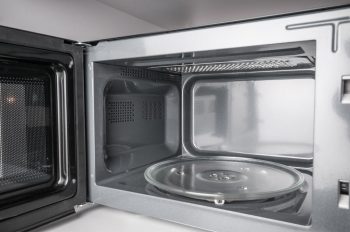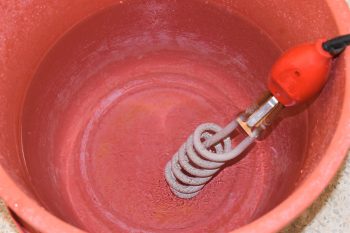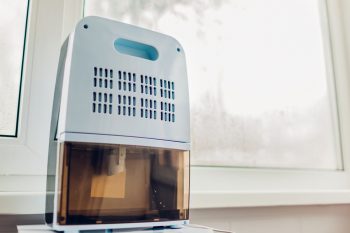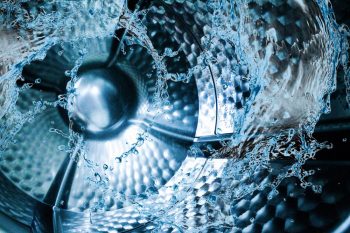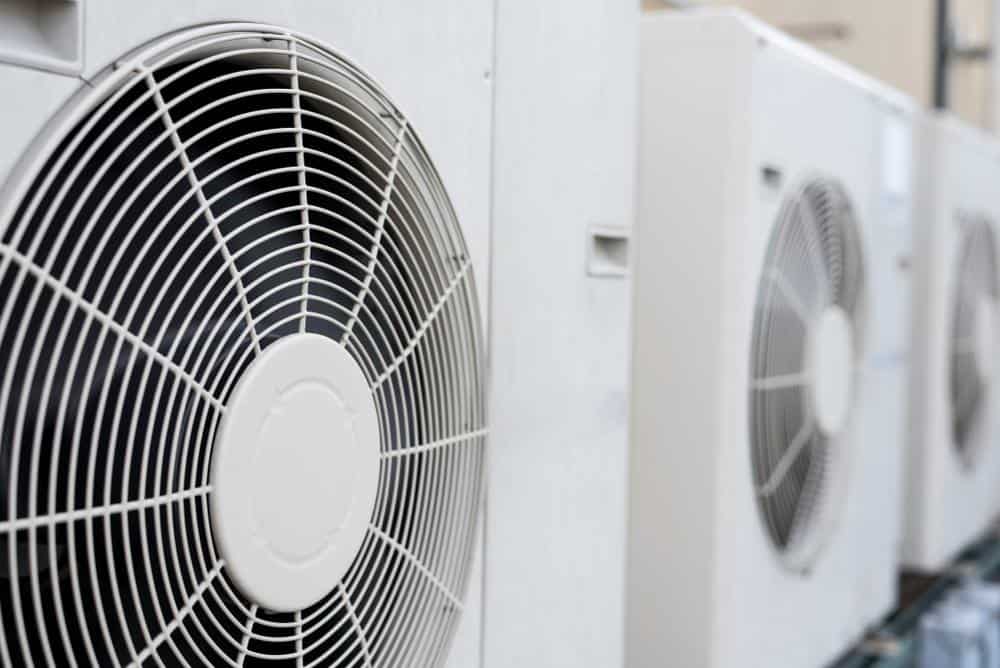
Changing the air filter in your Amana air conditioner is a crucial part of maintaining the unit’s efficiency and prolonging its lifespan. Regularly changing the filter can also help improve your indoor air quality, reduce energy consumption, and prevent costly repairs. In this comprehensive guide, we’ll cover everything you need to know about changing an Amana air conditioner filter, including step-by-step instructions, safety precautions, and signs that your filter needs changing.
Changing an Amana air conditioner filter involves turning off the power supply, locating the filter and removing the panel that covers it, pulling out the old filter and disposing of it, inserting the new filter in the correct orientation, replacing the panel, and turning the power back on. Ensure you have the correct replacement filter for your specific model. Regularly changing your air conditioner filter can improve air quality, reduce energy consumption, and extend the unit’s lifespan.
Signs Your Amana Air Conditioner Filter Needs Changing
Amana recommends changing your air conditioner filter every 30-90 days, depending on usage and environmental factors. However, there are several signs that indicate your filter needs changing:
- Dust and debris accumulating on intake vents.
- The filter is no longer white and has turned gray due to dust and particles.
- The unit takes longer to cool the room.
- Visible dirt and dust on the filter.
- Musty or moldy odor.
- Increased allergy or asthma symptoms.
- Higher electricity bills.
Tools and Materials Needed
Changing an Amana air conditioner filter is a simple process that requires minimal tools. Here’s what you’ll need:
- A replacement air filter: Ensure you have the correct size and type of filter for your specific Amana air conditioner model. Filters are available online and at local appliance stores.
- A screwdriver (if necessary): Some air conditioner models may require a screwdriver to remove the front cover or filter grille.
Step-By-Step Guide to Changing an Amana Air Conditioner Filter
Here’s a step-by-step guide on how to change an Amana air conditioner filter:
- Turn off the power supply: Before starting, turn off the power supply to prevent any electrical hazards.
- Locate the filter: The filter is typically located near the air handler or furnace. If you’re unsure about the location, consult your owner’s manual or check the side of your existing air filter for any printed information.
- Remove the panel: Once you’ve located the filter, remove the panel that covers it. This may require unscrewing or simply popping it out.
- Remove the old filter: Carefully pull out the old filter, paying attention to the direction of the airflow arrows (if present) on the filter. These arrows indicate the direction in which the filter should be installed.
- Dispose of the old filter: Place the old filter in a trash bag to minimize the spread of dust and debris.
- Insert the new filter: Install the new filter in the same orientation as the old one, ensuring that the airflow arrows (if present) are pointing in the correct direction.
- Replace the panel: Put the panel back in place and secure it as needed.
- Turn the power supply back on: Once the new filter is installed and the panel is secured, turn the power supply back on to resume normal operation.
Safety Precautions
Safety is paramount when changing an Amana air conditioner filter. Here are some safety precautions to observe:
- Turn off the power: Always turn off the air conditioner before replacing the filter to prevent electrical shock.
- Wear personal protective equipment (PPE): Wearing gloves and a mask can help protect you from dust and allergens that may be present on the filter.
Consequences of Not Changing Your Filter Regularly
Neglecting to change your Amana air conditioner filter can lead to several negative consequences, including:
- Reduced air quality: A dirty air filter can’t effectively remove dust, pollen, and other airborne particles, leading to poor indoor air quality.
- Decreased energy efficiency: A clogged air filter forces the air conditioner to work harder, consuming more energy in the process. This can result in higher energy bills and increased wear and tear on the system.
- Strain on the system: When the air filter is clogged, the air conditioner’s fan and motor have to work harder to push air through the system. This can cause the motor to overheat and eventually fail, leading to costly repairs or replacement.
To maintain optimal performance and indoor air quality, it is essential to regularly inspect your filter and replace it when necessary. With the right tools and steps, changing an Amana air conditioner filter can be a quick and easy task.
Frequently Asked Questions
Where can I purchase a replacement filter for my Amana air conditioner?
You can purchase a replacement filter for your Amana air conditioner from online retailers like Amazon or directly from the Amana website. You can also find them at local appliance or home improvement stores. Be sure to purchase the correct size and type for your specific model.
What type of filter should I use for my Amana air conditioner?
The type of filter you should use depends on your specific Amana air conditioner model. Check your owner’s manual or the side of your existing filter for this information. It’s crucial to use the correct filter to ensure optimal air quality and system efficiency.
How can I dispose of my old air conditioner filter?
You can dispose of your old air conditioner filter in your regular household trash. However, it’s a good idea to place it in a bag to prevent dust and debris from spreading.
Can I clean and reuse my Amana air conditioner filter?
Some Amana air conditioner filters are reusable and can be cleaned, but most are disposable and should be replaced. Check your owner’s manual or the filter itself to see if it’s reusable. If it is, you can clean it by vacuuming off the dust and then rinsing it under cold water. Allow it to dry completely before reinstalling it.
What happens if I install my air conditioner filter in the wrong direction?
Installing your air conditioner filter in the wrong direction can reduce its efficiency and potentially damage your system. The filter is designed to trap particles in a specific way, and if installed backward, the particles may not be trapped effectively. Always ensure the airflow arrows on the filter (if present) are pointing in the correct direction.

